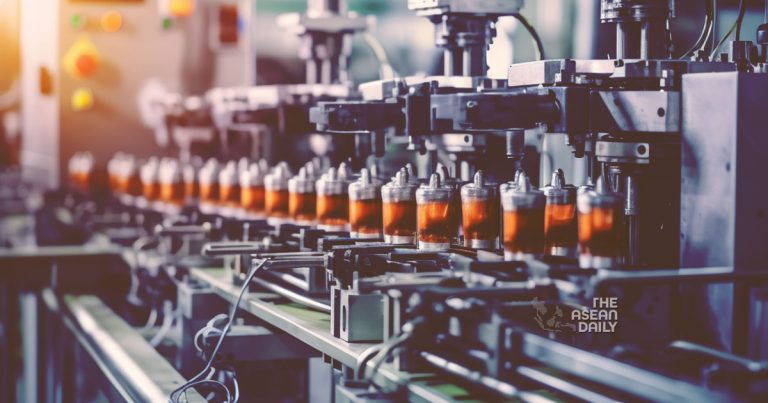1-12-2023 (BANGKOK) Thailand’s Manufacturing Production Index (MPI) experienced a year-on-year decrease of 4.29% in October, reaching 89.4 points. The decline can be attributed to cautious consumer spending in the face of sluggish Thai and global economies.
Siripen Kiatfuengfoo, deputy director-general of the Office of Industrial Economics (OIE), stated that the Thai economy has not yet fully recovered, and high interest rates continue to pose challenges. The National Economic and Social Development Council has revised its GDP growth outlook for Thailand this year to 2.5% after a disappointing third-quarter performance of only 1.5%. The Bank of Thailand’s Monetary Policy Committee, on Wednesday, decided to maintain the policy rate at 2.5%, the highest level in ten years.
Mrs. Siripen commented on the situation, saying, “Businesses face higher financial costs, while consumer purchasing power is weighed down by high household debt. Foreign tourist arrivals are likely to fall short of the government’s target.”
The MPI declined by 5.04% year-on-year from January to October, reaching 93.8 points, while capacity utilization stood at 59.5% during this period.
The OIE has downgraded its projection for the 2023 MPI, anticipating a contraction of 4-4.5%.
Mrs. Siripen highlighted that authorities are closely monitoring the impact of the global economic slowdown and geopolitical conflicts, particularly the Israel-Hamas war, on the Thai economy, particularly the export sector.
“Exports have shown improvement but are not yet at a healthy level. The government has taken steps to assist entrepreneurs in reducing their operating costs by cutting electricity bills and diesel prices,” Mrs. Siripen explained.
The decline in the October MPI was driven by a 22.5% year-on-year increase in petroleum production, as the demand for oil, including jet oil, diesel, and gasohol, was fueled by the recovery of the tourism industry. Plastics and latex rubber manufacturing saw a gain of 12.5% year-on-year as factories resumed operations after maintenance shutdowns. The production of electric wires and cables experienced a significant surge of 43.8% during the period, thanks to demand from both state and private construction projects.
Jewellery manufacturing witnessed a year-on-year increase of 19%, driven by the recovery of the tourism sector, leading to higher purchases of rings, earrings, and necklaces. Pulp, paper, and cardboard production also rose by 19.2% during the period, partly due to lower raw material prices.




